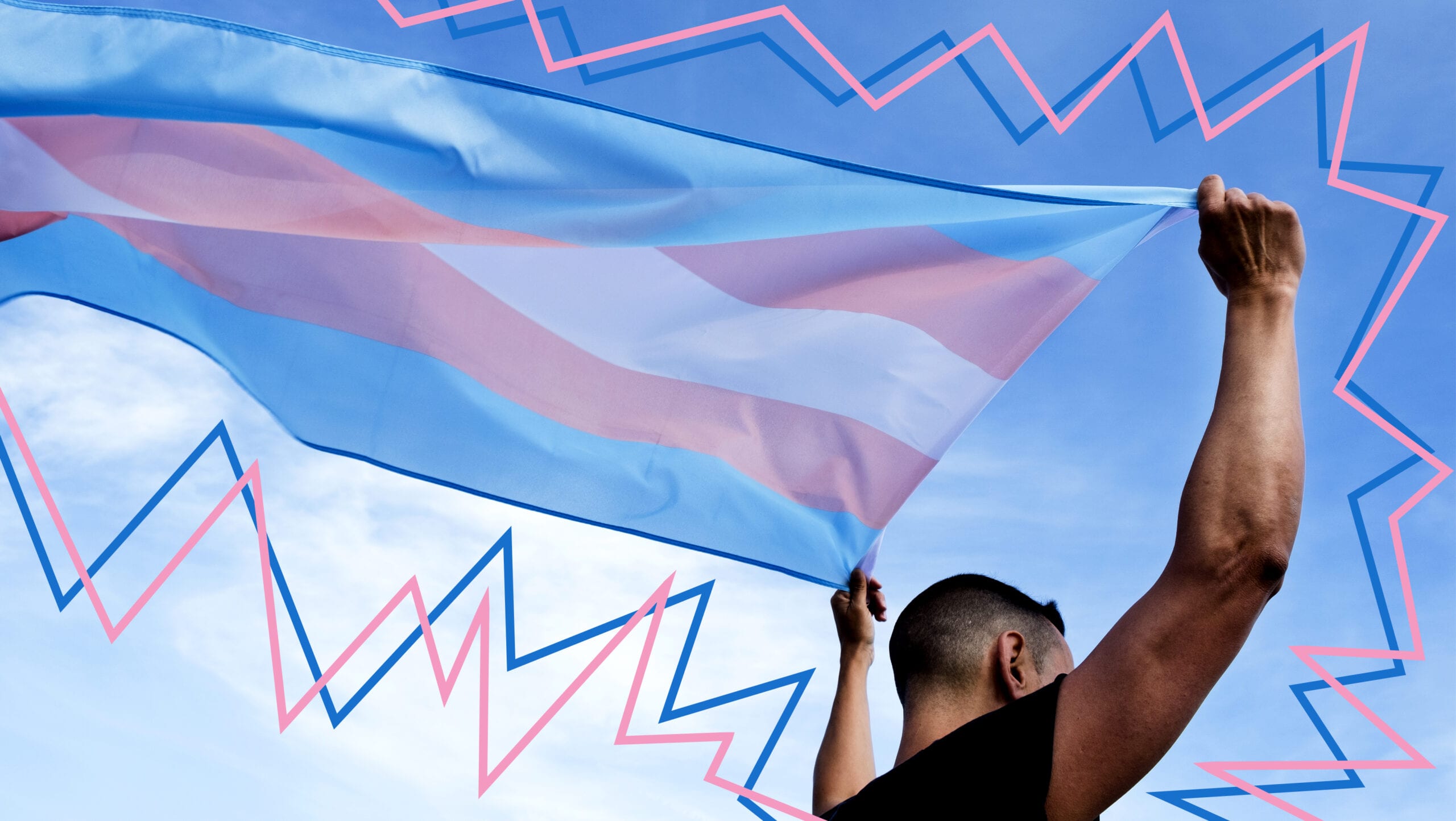Trans Pulse Canada recently launched a groundbreaking report on the state of trans and non-binary health and healthcare access in Canada. The Mar. 10 report brought together the findings from 2,873 surveys completed by trans and non-binary people across Canada over a 10-week period in 2019.
While it is well-understood that trans people in Canada experience significant health disparities compared to cisgender individuals—and there are a number of other studies that demonstrate as much—this report provides the first national, all-ages data on just what those disparities and unmet health needs look like.
This report confirms that trans people in Canada indeed face massive inequities not only when it comes to their health and well-being, but across various facets of their lives.
Here are some takeaways from the Trans Pulse Canada report.
Income and poverty rates
Trans Pulse Canada found that 24 percent of trans people have an annual income under $15,000, while 24 percent have an income between $15,000 and $30,000. With a poverty line of individual income at $25,920, almost half of trans people live either below the poverty line, or very close to it.
Thirty-five percent of respondents are employed either part-time or in temporary positions, while 16 percent are unemployed or on leave. Given that the federal unemployment rate overall is 5.5 percent, unemployment for trans and non-binary people is almost three times higher than that of the broader Canadian population.
Housing and food security
This study also found that 15 percent of trans and non-binary people in Canada sometimes or often did not have enough food to eat, 40 percent describe themselves as living in low-income houses and 10 percent are living in insecure housing, such as shelters or accessing temporary housing through friends and/or partners.
Harassment and violence
Sixty-four percent of trans people in Canada avoid three or more types of public spaces due to fears of harassment or outing. Only 16 percent report never avoiding public spaces.
Within the past five years, 68 percent of trans people report verbal harassment, 37 percent report physical intimidation or threats, and 16 percent report experiencing physical violence.
Forty-two percent of trans people report sexual harassment and 26 percent report sexual assault. It is clear that, despite national rhetoric describing Canada as a safe and inclusive country, public spaces are far from safe for trans and non-binary people.
Overall health
Access to stable housing, sufficient food, consistent income and safety in public are key social determinants of health that, when lacking, have a significant impact on the health and well-being of individuals and communities. Despite significant gains, such as trans rights legislation, a federal LGBTQ2 Secretariat and other achievements, trans people continue to experience massive inequities when it comes to their housing, food sustainability and levels of income.
When it comes to the health of trans people in Canada, 27 percent of respondents rated their health as fair or poor, and 56 percent rated their mental health specifically as either fair or poor. Forty-three percent identified themselves as psychiatric survivors, mad or a person living with mental illness, while 19 percent reported living with disabilities.
Nineteen percent of respondents did not have a primary healthcare provider, which is almost four percent more than the national average.
Forty-five percent report unmet health needs, and 12 percent report avoiding emergency rooms, likely due to fears of discrimination due to their trans status.
When it comes to mental health specifically, almost one-third (31 percent) of trans people in Canada considered suicide within the past year, and six percent reported having attempted suicide within the past year.
While these numbers are deeply concerning on their own, they are likely even higher for young trans and non-binary people, based on data collected through the Being Safe Being Me Study.
Who’s missing?
While the findings of Trans Pulse Canada are crucial to strengthening our understanding of the health and well-being of trans people in Canada, it is important to note that this study is neither a comprehensive nor systematic report on the state of trans health in Canada.
The most marginalized within our communities are often the least likely to be included in such data collection. While racialized individuals make up 22.3 percent of the Canadian population, only 14 percent of survey respondents identified as such. Furthermore, while 21.9 percent of Canadians are immigrants, only 12 percent of survey respondents identified as either immigrants or newcomers.
Similarly, older trans and non-binary individuals over the age of 50 were significantly under-represented, consisting of only 10 percent of respondents despite Canada having an aging population. While these under-representations do not detract from the importance or vitality of the Trans Pulse Canada, they are nonetheless necessary to note and suggest that more outreach and research is required.
What’s next?
Trans people have too long been ignored within social, health and economic policy in Canada. Until trans rights bill C-16 passed into law in 2017, our communities lacked the most basic of federal human rights protections. To this day, trans people are often rolled into—and therefore erased within—broader efforts on LGBTQ2 rights, health and inclusion.
The findings of this report come at a crucial time in Canada as the federal government rolls out a national call for proposals to bolster funding to LGBTQ2 community organizations across the country and begins setting the groundwork for a national LGBTQ2 action plan. This report demonstrates that trans people cannot be an afterthought in federal efforts on LGBTQ2 equality, given the drastic inequities our communities continue to face.
Now, for the first time, we have nation-wide data to make our case. What comes next, is putting it into action. Institutions across Canada, community health and social service organizations, LGBTQ2 community organizations, activist groups, allies, everyone, needs to come together to enact the kinds of changes we need.
From improved public awareness, education campaigns for health and social service workers and targeted initiatives to improve the health and well-being of trans people specifically, we need to use this report as a jumping off point to reinvigorate our efforts across Canada for trans rights, health and inclusion.
Trans people in Canada face massive, terrifying inequities. Our communities are suffering under the indescribable weight of the transphobia still so very prevalent in Canadian society.
If we want our country to live up to its oft-repeated values of diversity and inclusion, it is past time we enact the policies and programs necessary to ensure trans people have the same health, economic and social outcomes as every other Canadian.


 Why you can trust Xtra
Why you can trust Xtra


